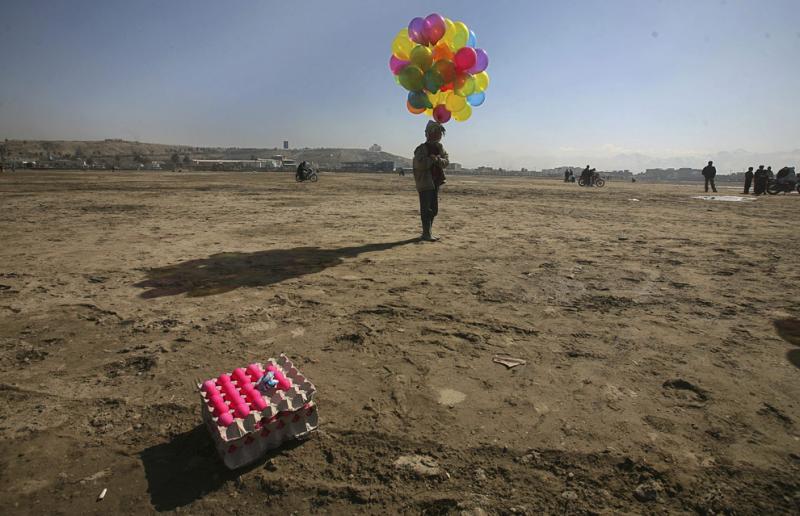|
|
Life In Afghanistan
|
In 2010, U.S. President Barack Obama deployed an additional 30,000 soldiers over a period of six months and proposed that he will begin troop withdrawals by 2012. At the 2010 International Conference on Afghanistan in London, Afghan President Hamid Karzai told world leaders that he intends to reach out to the top echelons of the Taliban with a peace initiative. Karzai set the framework for dialogue with Taliban when he called on the group's leadership to take part in a loya jirga (grand assembly) to initiate peace talks. These steps have been reciprocated so far with an intensification of bombings, assassinations and ambushes according the Wall Street Journal. Karzai's step is very unpopular among Afghans minority groups, who together constitute a majority of roughly 60% of Afghans. They are strongly opposed to any appeasement of the insurgents and of their backers in the Pakistani establishment because they don't believe the Taliban would really stop the war after gaining the south and the east in such negotiations. The Afghan nation is currently struggling to rebuild itself while dealing with Taliban insurgency and political corruption within the government.
A 2009 UN estimate shows that the Afghan population is 28,150,000, with about 2.7 million Afghan refugees currently staying in neighoboring Pakistan and Iran. A 2009–2010 survey conducted by the Central Statistics Office (CSO) of Afghanistan has put the population at 26 million but not counting some parts of the country due to insecurity.
A partial census conducted in 1979 showed around 13,051,358 people living in the country. By 2050, the population is estimated to increase to 82 million.
|
|









